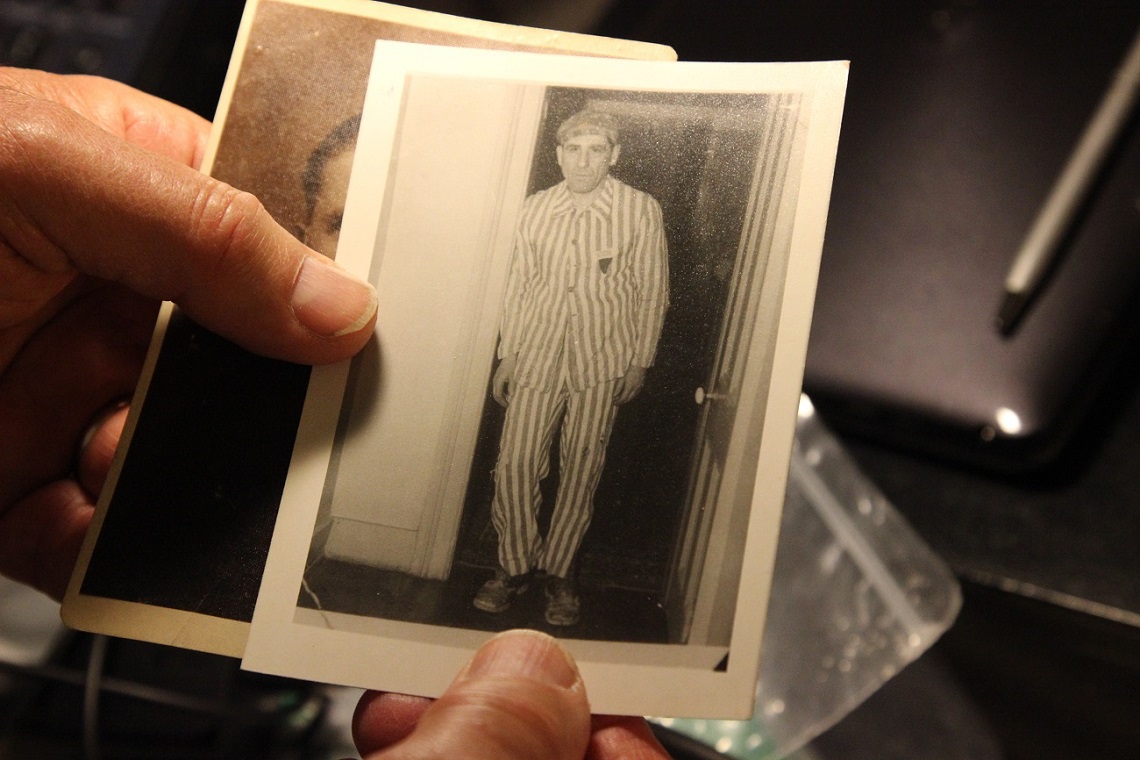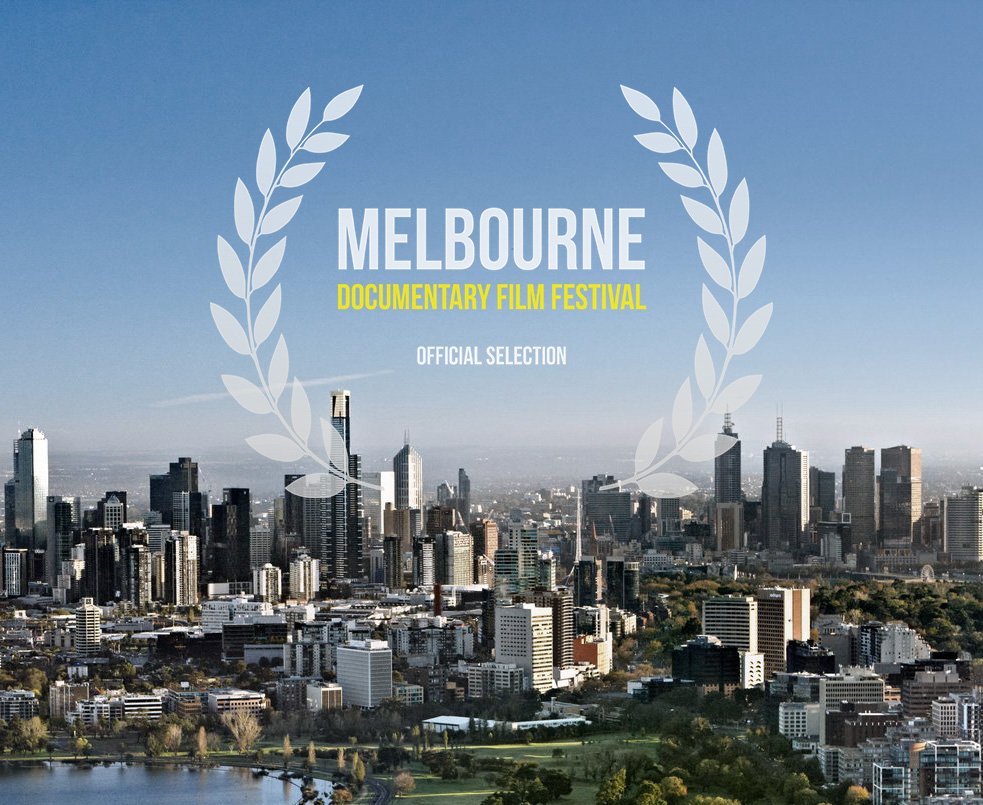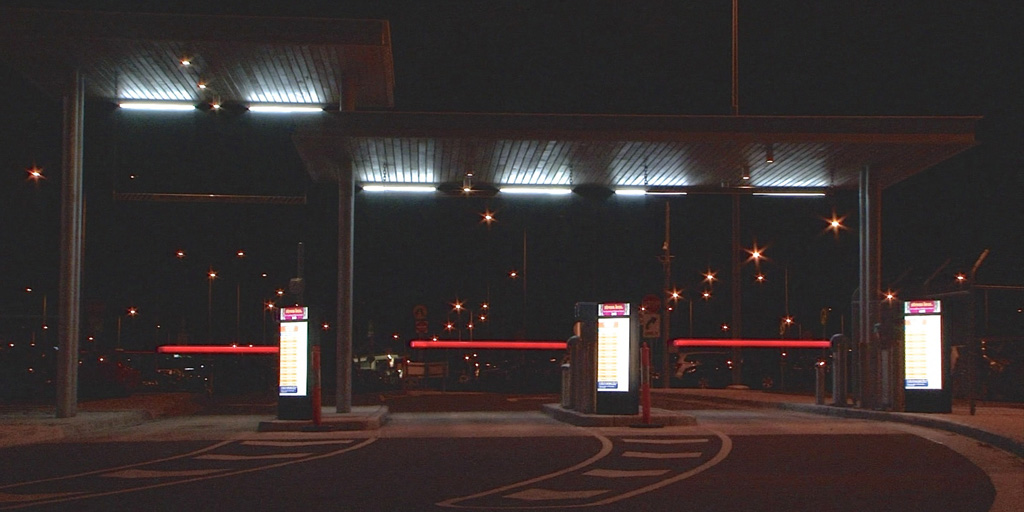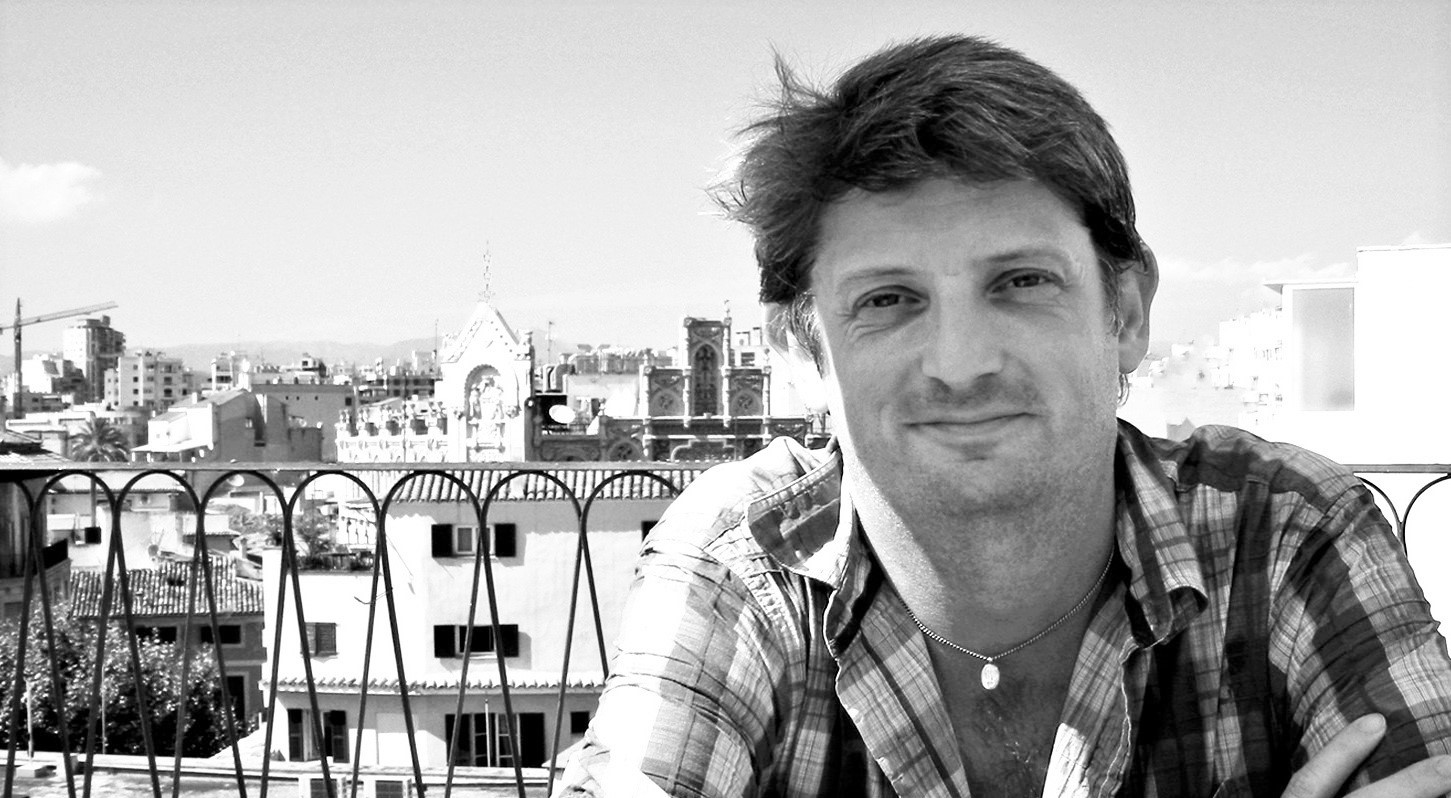“Picking Up the Pieces” is a short documentary that seeks to answer one very big question: “How do you live after surviving the Holocaust?”
Directed, written, and produced by Joshua Tebeau, “Picking Up the Pieces” features interviews with 9 Child Survivors who share their haunting early histories and powerful stories and lessons on rebuilding life after war.
Forgiveness, belief in God, home, Jewish identity, and memory are the 5 themes focused on in this 28 minute long film.
While each survivor’s voice is significant, Tebeau uses the unique method of choral storytelling to create a collective choir-like narrative in the film. As he states on the film’s website, “The survivors literally finish each other’s sentences creating a fast-paced, emotionally nuanced and haunting composite portrait. At the same time, the film becomes a meditation on the interplay between memory and identity.”
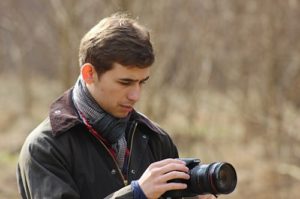
With such a serious subject matter and noteworthy approach, you may be surprised to learn that the film’s director is just 18 years old.
Born and raised in Warsaw, Poland, Tebeau currently resides in Western Massachusetts, where he is in the middle of his senior year of high school.
Without a doubt, it’s been a busy year for the young director whose first documentary is receiving high praise on the festival circuit, and even winning numerous awards, including Best Short Documentary at the Warsaw Jewish Film Festival, an honor attained in his home city that Tebeau says he was “thrilled” to receive.
I had the opportunity to interview Joshua recently and asked him about the film’s beginnings, his editing approach, and the concept of home to Child Survivors of the Holocaust.
How did you find the survivors to interview?
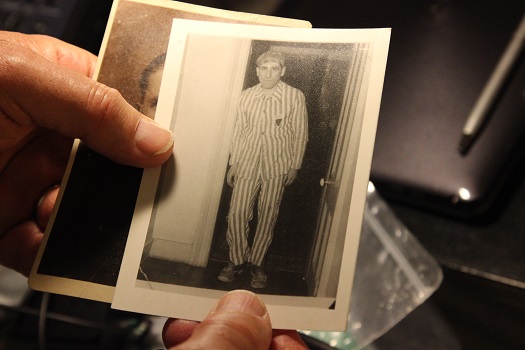
I wrote a pre-script for my film where I imagined what kind of interviews and information I would want to include. From there I researched survivors with varying stories and beliefs. I focused on survivors who had written books or spoken publicly since I thought that they might have been more likely to accept an interview request. As it turned out, survivors were generally quite pleased to be approached and willing to speak with me.
The film seems quite global. How many different countries or cities did you have to travel to for the interviews?
I traveled to Brussels, Leeds, Berlin, Toronto, Washington DC, and Warsaw.
On your website, you state that you interviewed more than 20 Child Survivors but used only 9 of their interviews. Can you talk a bit about your process for deciding who would be included and who would be cut from the film?
Many of the interviews were not focused as clearly on the themes and I couldn’t use that footage. Another reason is that 20 would have been too confusing, especially in a shorter film. After considering a question, you have to move on. There needs to be progression and tension for the audience to be interested. A lot of narrative choice was driven by the desire to create a clear sense of progression and also to create the overarching narrative of the Child Survivor effectively.
Are there any plans to showcase or preserve the unused survivors’ interviews in a public way?
I plan on using material from my unused interviews in the educational material I prepare for the film.
Considering you had over 35 hours of footage, why make a short documentary when you had enough footage for a feature length film?
I felt that the way I wanted to make the film, utilizing choral storytelling, it wouldn’t work for longer than about 30 minutes. I definitely had enough interview footage to make the film feature length, but it would not have been the film I wanted to make.
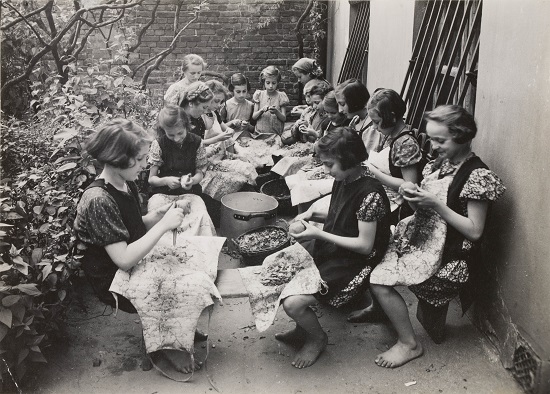
In your TEDx Talk, “In Search of Lost Time,” you mention some challenges you experienced with clip times while trying to establish the pace of the film’s trailer. With so much footage, how long did editing take? Did you end up with multiple variations of the film?
I had 10 different drafts of the film by the time I had already more or less finalized what the film would look like structurally. Before that I spent months trying to figure out what the major themes of the film would be and what they would look like. I also wrestled with whether and how I should include ‘b-roll’, and how much archival material I would use.
Henryk Grynberg, a well-known Polish-Jewish writer who previously used the choral effect in his book “Children of Zion,” is one of the survivors featured in your film. Did Grynberg’s use of choral storytelling inspire you to use the same technique?
I read Grynberg’s “Children of Zion” early in my research. It was very memorable. When I started making the film, I didn’t know I wanted to use chorus style, but as I was beginning to edit I came back to “Children of Zion.” It dawned on me as I was editing, although in retrospect, I think that style was in the back of my mind from the beginning but I couldn’t put words to it.
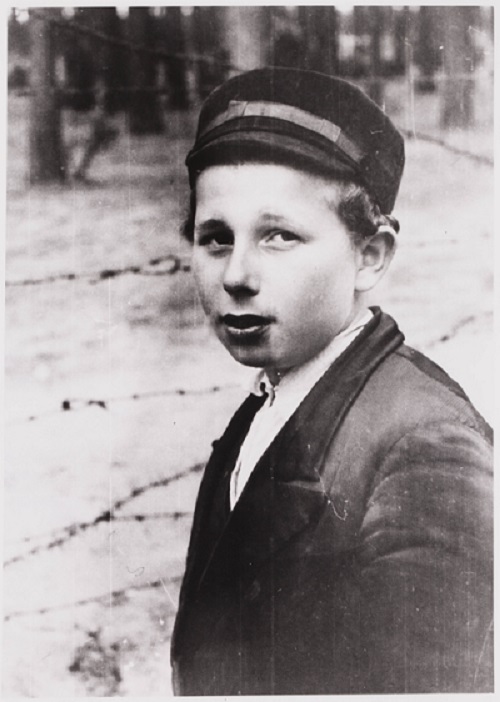
Was there a particular survivor’s story that connected with you most?
I didn’t have a favorite interview, or one I connected with more than others. Each interviewee brought something new and interesting to the film. I fondly remember Adam Shtibel’s determination and Rene Lichtman’s humor, for instance.
The film has 5 themes, one of them being ‘Home.’ Home plays a large role in Jewish identity. What angle did you approach this subject from and, without giving too much away, how has the concept of home evolved for the survivors?
That is a very difficult question. For each of the survivors home has different meanings. Oddly enough, it was the hardest question for them to answer, particularly because there is no physical place for them to return to. There is, in this sense, a gap not just of specific places and memories but also of a disappeared world. I approached the questioning of the survivors about ‘home’ only once I knew them better, usually at the end of my interviews. But I also approached it directly. Few of us are really ever asked to define ‘home’—even in the best of situations it is a difficult question to answer.
Your film is being very well received at festivals. In fact, it’s already won numerous awards. Why do you think the film is resonating so well with audiences?
I think it comes from a wide variety of things. Audiences do wonder whether a Child Holocaust survivor can forgive or if he/she believes in God. My film addresses those questions and provides a range of answers that force an audience to reflect. Furthermore, my survivors are very eloquent, and captivate the viewer. I also think that another reason for the film’s success is its accessibility: You don’t have to have a background on the Holocaust to understand the survivors’ emotions and struggle to recover.
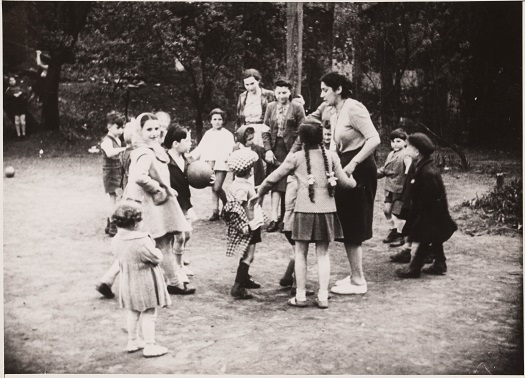
What was one of the most valuable lessons you learned from interviewing individuals who have survived so much? And, what do you hope viewers take away not only from their personal stories, but from your presentation of them?
I hope that viewers see the deep impact of trauma on people’s lives and the difficult situation all child refugee survivors will face, particularly those who are orphaned. The only way to impact the lives of children is to prevent the tragedies in the first place.
And finally, at 18 years old, I’m sure you’ve probably been getting this question a lot lately: What’s next for Josh Tebeau?
I’m graduating from high school this year and looking to start college next year (provided I get accepted somewhere). As for filming, I’m looking into making a film that explores the perspectives of refugees in various European countries—I am currently working out a few ideas/thesis and doing research.
For more information on “Picking Up the Pieces,” including future screening dates, please visit the film’s official website and follow the film on Facebook and on Twitter.
Many thanks to Josh for his time and for the insightful look at the making of the film!

